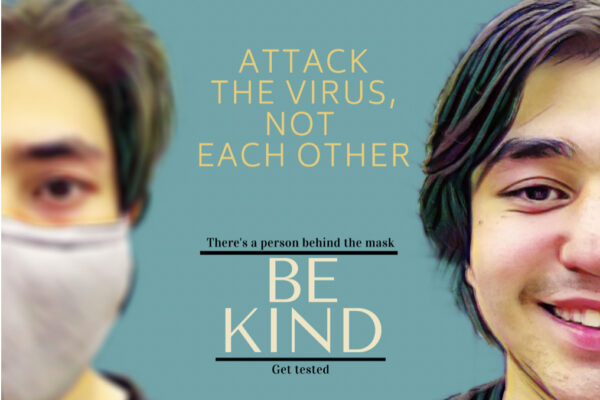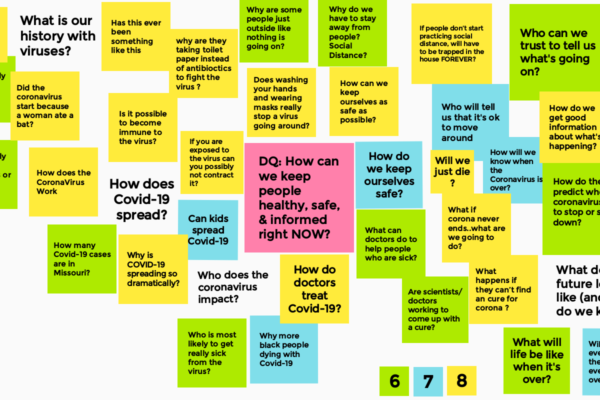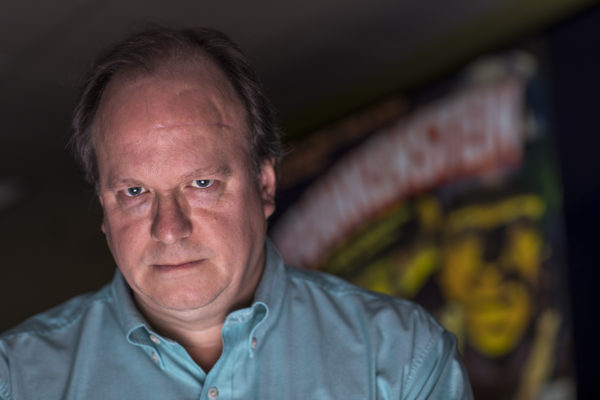Learn from doing things in real life. That’s the idea behind several hot trends in education for younger children: think outdoor school, forest school and other project-based learning programs. But can these sorts of ideas help dust off high school chemistry?
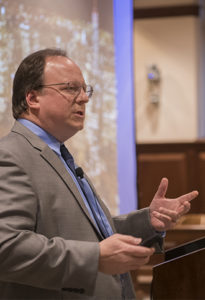
Two Washington University in St. Louis educators believe that high school students will learn chemistry better when they crunch actual climate data, rather than memorize the periodic table by rote. And several California school districts agree — rolling out the Washington University educators’ new high school chemistry curriculum this fall, even as they are adapting to different methods of teaching online or as hybrid programs.
The new curriculum is co-authored by Michael E. Wysession, a professor in earth and planetary sciences, and Bryn Lutes, a lecturer in chemistry, both in Arts & Sciences, along with colleague Chris Moore, a professor at the University of Nebraska Omaha.
“That was the intention of our program all along — that it could be used entirely in a digital form if needed,” Wysession said. “California is adopting it widely. Most of Los Angeles, most of San Bernardino — the big school districts are now going to be using this program.
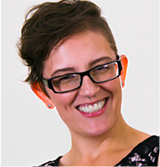
“Importantly, this is the first time in the United States when a large amount of rigorous, quantitative, science-based climate science and climate change science will be presented to all students,” he said.
Experience Chemistry, the new curriculum published by Savvas Learning Company (formerly Pearson K-12), is the first high school chemistry program to fully include the Next Generation Science Standards adopted by 45 of 50 states, Wysession noted. These standards break down some of the barriers that once siloed physics and chemistry subject matter as if it only existed in the laboratory.
Instead, the new science content is presented through storylines focused on engaging and relevant real-world phenomena from Earth and space sciences.
For example, acids and bases are learned through the phenomena of dying coral reefs and ocean acidification.
The new chemistry program focuses on the scientific practices and activities that students experience — labs, activities and data analysis — and not on content that they memorize. Students who actively learn this way not only become more engaged in the topics, but find science more fun, research shows.
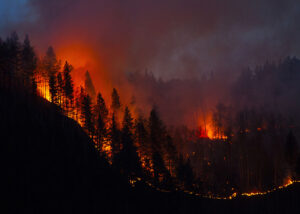
Eager to feature actual climate data — and not hypothetical examples — Wysession leaned on current and former collaborators from his 30-plus years of research and teaching to obtain permissions to republish and use real datasets for the new curriculum.
“We even got permission to use many figures directly from the latest report of the Intergovernmental Panel on Climate Change,” he said. He conferred with many climate scientists, including Washington University’s Bronwen Konecky, in developing more than 150 pages of rigorous climate-related content for Experience Chemistry.
Wysession is optimistic that the new curriculum will continue to be adopted more widely. Ultimately, many of its themes may be picked up and shared by other textbook providers as well. California school districts are often seen as leaders in shaping much of the high school educational program nationwide.
“A great number — and eventually maybe even a majority! — of American students will learn in high school about the science of climate change and the role that humans play in it,” Wysession said. “Eventually this will change the understanding of climate science by the voting public.
“The students have told us that they are ready. The international protests — led by high school and even middle school students — about climate change have shown us that they want to talk about this,” Wysession said. “They get it, and they are engaged.
“We would be doing them a disservice on multiple levels if we didn’t talk about human impacts,” he said. “They don’t want to just hear the rhetoric about it, they want to know the science. This generation of students is far better prepared to talk about and address the issues of climate change than any before it.”

